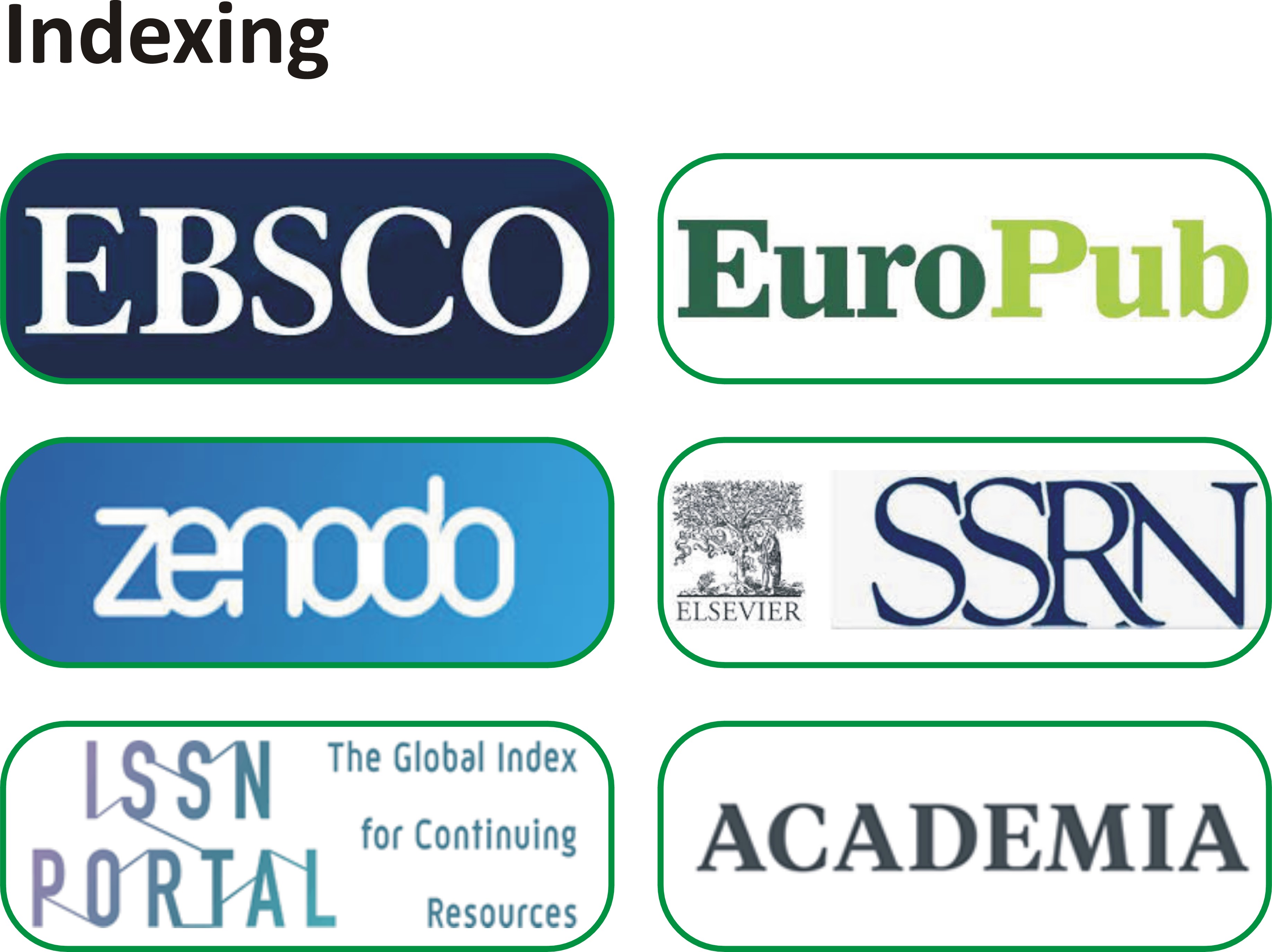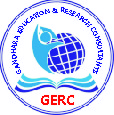Physics Learning Through 5E Model of Instructions: An Experimental Study
Abstract
In today's teaching and learning process, the 5E model of learning is seen as a good way to teach science. But there have not been many studies on it yet in the area of the study. So, this study was undertaken to look at how well the 5E model of leaning works compared to the traditional way of teaching in 9th-grade Physics. In this regard, a null hypothesis was tested using ANCOVA, with the significance level set at p < 0.05. The nature of the study was experimental, and purposive sampling technique was used. The study used a group of 72 students from Peshawar, equally divided into two groups: one taught with traditional methods and the other with the 5E model. Both groups took a test before and after the treatment / teaching to measure / see how much they learned and assessed them in the form of test scores. The results showed that the group taught with the 5E model significantly performed better. This means the 5E model helps students learn Physics better than traditional teaching methods. So, it was found that overall, the 5E model is a good way for teachers to teach. It helps students learn more and makes teaching more organized. It is recommended that teachers should develop their skills for designing a constructivist learning environment within the classroom. To achieve this, teachers should be given in-service training on the 5E model of learning. Thus teachers should learn about the 5E model to make their teaching better.
Copyright Notice Submission of an article implies that the work described has not been published previously (except in the form of an abstract or as part of a published lecture or academic thesis), that it is not under consideration for publication elsewhere, that its publication is approved by all authors and tacitly or explicitly by the responsible authorities where the work was carried out, and that, if accepted, will not be published elsewhere in the same form, in English or in any other language, without the written consent of the Publisher. The Editors reserve the right to edit or otherwise alter all contributions, but authors will receive proofs for approval before publication. Copyrights for articles published in IJSSA journal are retained by the authors, with first publication rights granted to the journal. The journal/publisher is not responsible for subsequent uses of the work. It is the author’s responsibility to bring an infringement action if so desired by the author.



